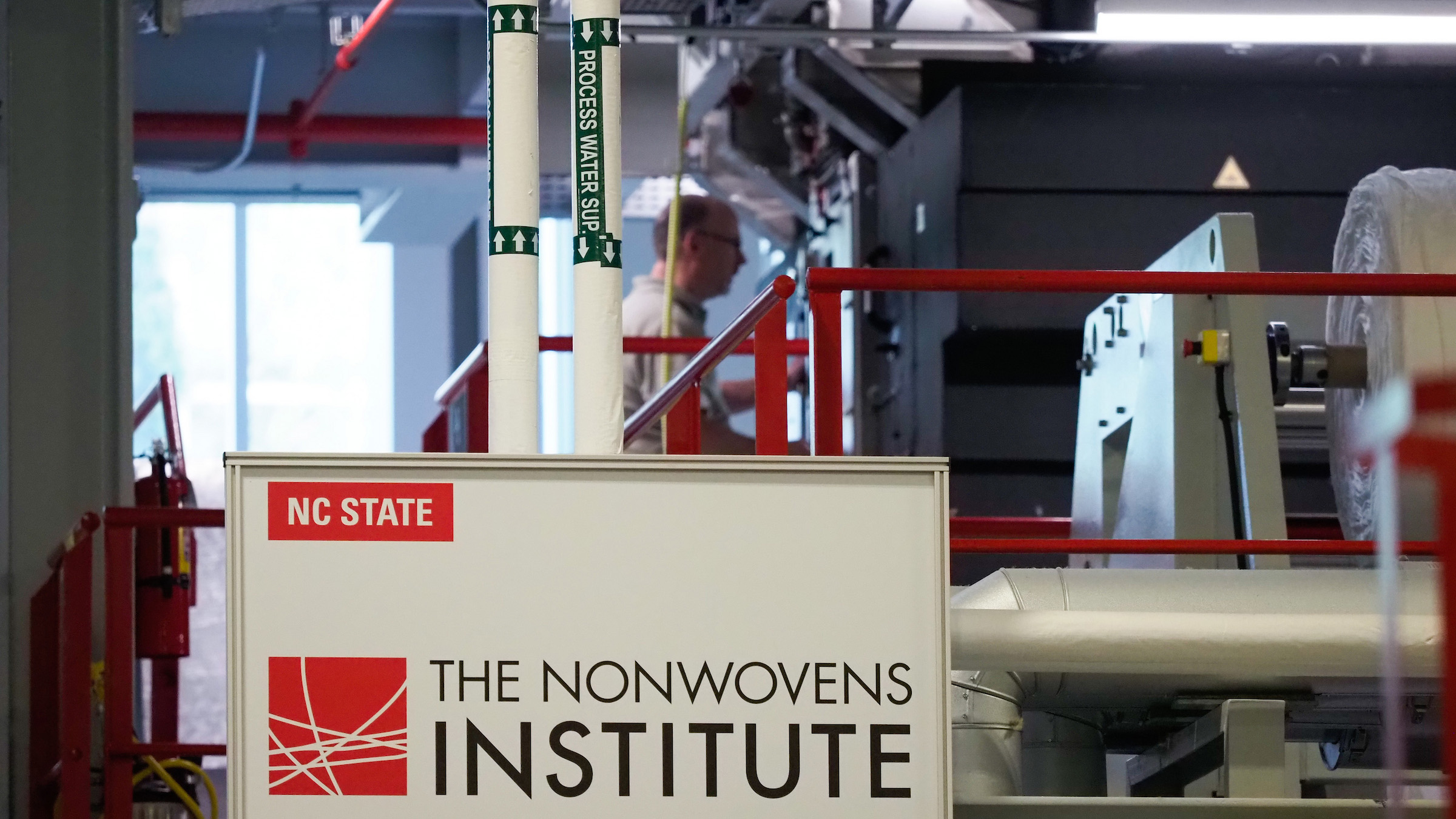Flipping the Switch on Itch: Researchers Identify Neuropeptide Involved in Transmitting Itch Signal to Brain in Eczema

Researchers from North Carolina State University have pinpointed a particular neuropeptide associated with transmitting itch signals in mice with atopic dermatitis. The work sheds further light on the pathways involved in transmitting itch sensations from the peripheral (skin) to the central (spinal cord) nervous system.
“You can think of itch being transmitted from the skin to the brain as a series of switches that get flipped,” says Santosh Mishra, assistant professor of neuroscience at NC State. “The signal goes from neuronal projections in the skin through the dorsal root ganglia (DRG) – which are clusters of sensory cells located at the root of the spinal nerves – then to the spinal cord. We’re interested in finding out how the portion of this pathway from DRG to spinal cord works in terms of signaling itchiness in chronic skin disease.”
Atopic dermatitis, sometimes referred to as eczema, is a chronic skin condition that causes persistent itching. Mishra and his team looked at a protein, or cytokine, called interleukin-31 (IL-31), which is overproduced in patients with atopic dermatitis and is involved in triggering itch response.
“We know that when IL-31 binds to the receptor present on neuronal projections in the skin, those neurons signal a subset of neurons in the DRG called the TRPV-1, which then signal the spinal cord,” Mishra says. “We wanted to figure out which neuropeptide was involved in the ‘switch’ between the DRG and the spinal cord.”
The team looked at the neuropeptide Natriuretic polypeptide B (NPPB), which is released by TRPV-1 neurons in the DRG when IL-31 binds to receptors in the skin. To test whether NPPB was involved in itch signaling to the spinal cord, Mishra and his team used IL-31 to trigger itchiness in mice. They compared wild-type mice to mice without NPPB receptors and mice that could not produce NPPB. They found that itching decreased by 70 to 80 percent in mice without the neuropeptide NPPB or its receptor, indicating that NPPB did play a role in the itch-signaling pathway.
“Our work shows that NPBB does act on the neurons in the spinal cord, and that it plays an important role in this signaling pathway,” Mishra says. “Our next steps will be to build on this work, because the neurons that express NPBB can express more than one neuropeptide. Perhaps we will be able to identify another receptor involved in the link between the peripheral and central nervous system for chronic itch associated with eczema.”
The research appears in Acta Dermato-Venereologica. Mishra is corresponding author. NC State postdoctoral scholar Saumitra Pitake, research technician Jennifer DeBrecht, and William Peace College undergraduate Patrick Ralph also contributed to the work.
-peake-
Note to editors: An abstract of the work follows
“Atopic Dermatitis linked cytokine IL-31 induced itch mediated via a neuropeptide Natriuretic polypeptide b”
DOI: 10.2340/00015555-2977
Authors: Saumitra Pitake, Jennifer DeBrecht, Santosh Mishra, North Carolina State University; Patrick Ralph, William Peace College
Published: Acta Dermato-Venereologica
Abstract:
Atopic dermatitis is one of the most common itch-inducing allergic skin diseases in humans and animals (1, 2). Interleukin-31 (IL-31), a cytokine involved in immune response in inflammatory diseases such as atopic dermatitis, has been demonstrated to cause itch by acting on receptors in a subset of transient receptor potential vanilloid (TRPV1) neurons (3-5). We recently identified a small subset of neurons that function as the primary detectors of chemical pruritic stimuli. We showed that the neuropeptide Natriuretic polypeptide b (NPPB) is required for the transmission of itch signals and marks the full complement of itch responsive neurons at the periphery (6). However, it remains unknown how itch signals in atopic dermatitis are transmitted by the primary afferents of the sensory neurons in the dorsal root ganglia (DRG) to the spinal cord. This study is aimed to determine if NPPB is involved as a neuropeptide in IL-31-mediated itch in atopic dermatitis via natriuretic polypeptide receptor A (NPRA) in the spinal cord.
This post was originally published in NC State News.


